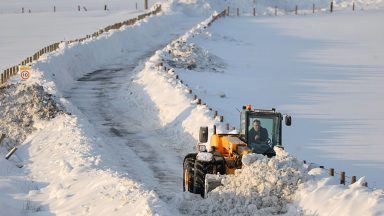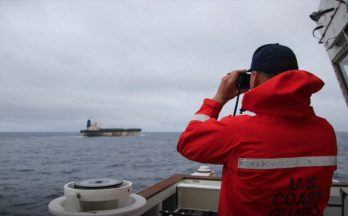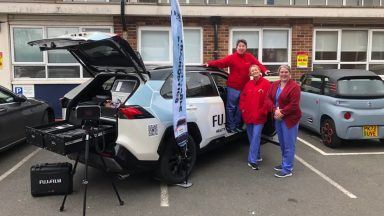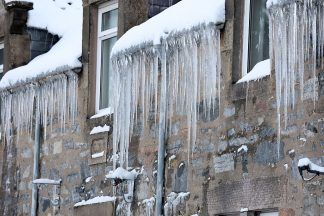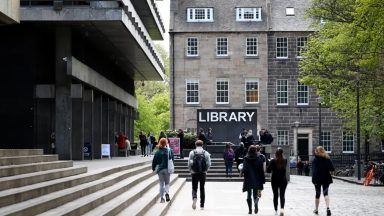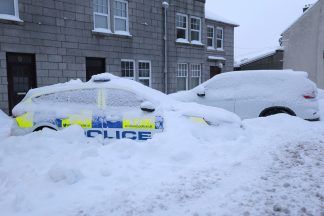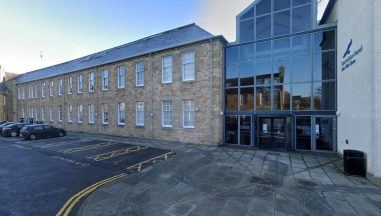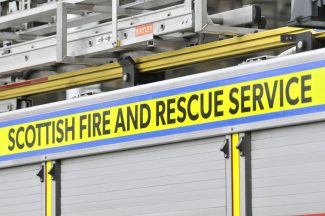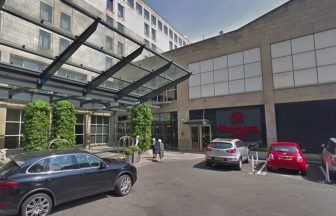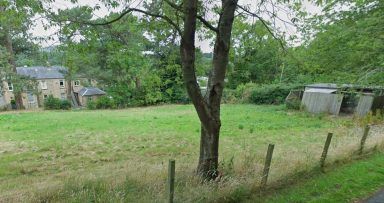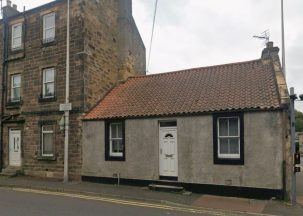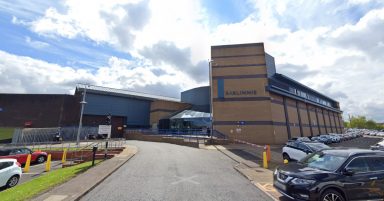A secret Cold War bunker in Edinburgh that was once Scotland’s first line of defence against the threat of nuclear war will be turned into a museum after plans were approved by the City of Edinburgh Council.
Buried 100ft below Corstorphine Hill and behind 10ft of reinforced concrete and tank-metal blast doors, the Barnton Quarry bunker has been out of use for nearly 40 years.
But now thanks to a hard-working team of volunteers who’ve spent the last decade clearing, fixing and restoring the category-A listed site, it’s set to open to the public for the first time.
Between 1946 and 1982, as the possibility of an attack from Russia loomed, it served as the RAF’s operations command centre for all of Scotland’s radar stations, scanning the skies for potential threats and gathering data from across the country.
The stone quarry itself was operational until 1914 before first being used for RAF fighter command operations from 1942. The nuclear bunker element was built ten years later.
Stretching three floors deep underground, the blast-proof hideout was ‘specifically designed to withstand Russian attack’.
During the 1960s, the top-secret labyrinth was redesignated as a ‘regional seat of government’ and equipped to accommodate 400 politicians and civil servants for up to a month in the event of nuclear war breaking out.
When the radar base was decommissioned in the early 1980s, ownership was transferred to Lothian Region Council, the local authority for the area at the time.
The council subsequently sold the site to James Mitchell, owner of Scotcrown, the company behind Scotland’s Secret Bunker, another ‘R4’-style nuclear command centre near Anstruther in Fife that opened as a museum and visitor attraction in 1994.
At the time of being sold to Mr Mitchell, the Edinburgh bunker was extremely dilapidated, having been stripped of all its original contents, repeatedly vandalised and used as an illegal dumping ground by fly-tippers – before suffering extensive fire damage from incidents in 1991 and again in 1993.
However, the structure and fabric of the historic base remained intact and it is thought to be the only bunker of its kind still in its original format anywhere in the world.
Since 2011, a group of local volunteers have worked tirelessly to restore the vaults back to how they were whilst in operation during the Cold War, with the aim of turning the bunker into a museum and creating conference facilities in the above-level building.
The Barnton Quarry Restoration Project, which is funded by Mr Mitchell, has seen the bunker’s ‘shell’ entirely stripped and authentically reinstated.
Painstaking work has also been undertaken to salvage the bunker’s intricate ventilation system, with thorough shot-blasting needed to bring it back to life.
The team behind the project say they are planning to use “interactive technology” in the museum and install “rotating exhibits, all relevant to the teaching of RAF and Cold War history”.
And those hoping to pay a visit might not have to wait too much longer – after planning permission for a change of use, refurbishment and upgrading of the nuclear bunker was granted by the City of Edinburgh Council on Monday.
Submitted in August, the application sought approval to make the site at 35 Clermiston Road North a ‘visitor attraction and meeting/conference facility’.
Plans state: “The gradual refurbishment has been ongoing for over a decade, working gradually with the involvement of the local community to put right the fire ravaged shell and reinstate the interior authentically.
“Scotcrown are the experienced operator in this field as they already run Scotland’s Secret Bunker in Fife and as such have well established contacts to assist them in the task of this sensitive restoration.
“The vandalism that preceded Scotcrown’s acquisition of this unique slice of Edinburgh’s more recent history is well on the way to being rectified – this proposal seeks to secure a viable future to ensure that good work is built upon and the complex maintained for the benefit and interest of future generations.
“Scotcrown’s aspirations for the site has always been the restoration of the bunker into an authentic, historically accurate representation of the functioning bunker.
“To this end it has been a gradual labour of love for many years now, with the
growing involvement of enthusiasts and the local community. It is fully envisaged that this relationship and involvement will continue and continue to prosper and develop into the future.
“Our brief has been to crystallise the remainder of the exercise into the formal construction project required to deliver the finished article and to deliver the formal consents required to operate a viable and prosperous business into the future.”
Follow STV News on WhatsApp
Scan the QR code on your mobile device for all the latest news from around the country


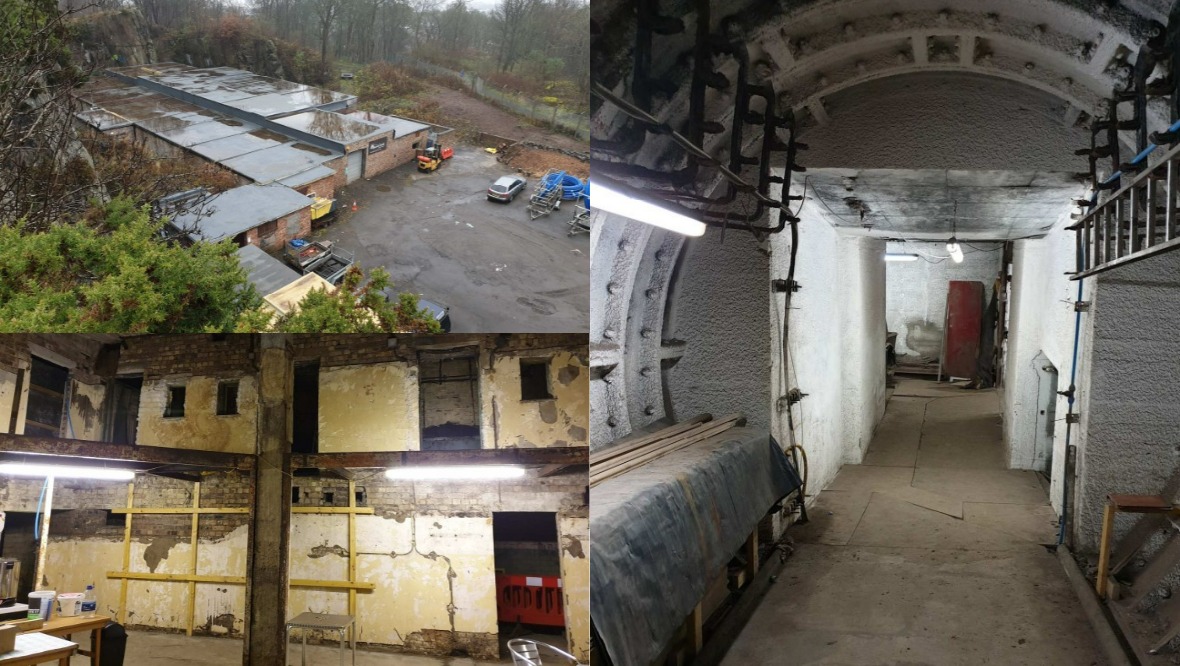 City of Edinburgh Council
City of Edinburgh Council

